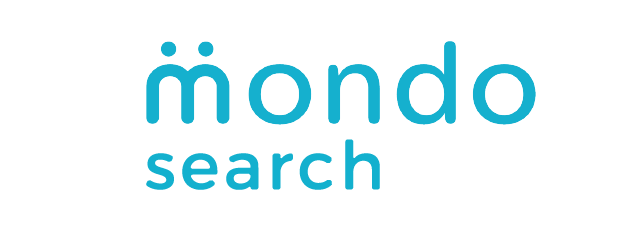Remote work has transitioned from a temporary necessity to a permanent fixture in the modern workplace. As organisations continue to adapt to this new reality, the future of remote work will continue to take shape, promising both opportunities and challenges for employers and employees alike. Getting a grasp of the key trends shaping the future of remote work will help you understand how the individuals in your organisation can thrive in this evolving landscape.The future is bright!
1. Hybrid Work Models:
One of the defining trends of the future of remote work is the rise of hybrid work models. Rather than returning to traditional office-based setups, many organisations are adopting hybrid arrangements that allow employees to split their time between remote and in-person work. This flexibility offers the best of both worlds, allowing for collaboration and connection in the office while providing the autonomy and work-life balance that remote work affords.
2. Technology-Driven Collaboration:
As remote work becomes more prevalent, technology will play an increasingly crucial role in facilitating collaboration and communication among remote teams. From video conferencing platforms to project management tools, advancements in technology are making it easier than ever for remote teams to stay connected and productive. Organisations that invest in the right technology and provide training and support for remote employees will be well-positioned to succeed in the future of work.
3. Emphasis on Well-being:
While remote work offers many benefits, it also presents unique challenges, including feelings of isolation, burnout, and work-life imbalance. As such, the future of remote work will place a greater emphasis on employee well-being and mental health support. Organisations will need to prioritise strategies for promoting work-life balance, fostering connection and community among remote teams, and providing resources and support for maintaining physical and mental well-being.
4. Redefining Company Culture:
With remote work blurring the lines between work and home life, organisations will need to rethink traditional notions of company culture. Remote-first cultures will prioritise flexibility, autonomy, and trust, while fostering a sense of belonging and connection among remote employees. Leaders will need to find new ways to build rapport, recognize achievements, and celebrate milestones in virtual environments.
5. The Global Talent Pool:
Korn Ferry predicts that by 2030, 85 million jobs around the world will go unfilled because there aren’t enough skilled workers. Growing those skills from within amounts to self-preservation for companies.
Technology almost always generates more jobs than it takes away.
The World Economic Forum estimates that AI and robotics advancements will result in a net increase of 12 million jobs globally by 2025.
Remote work opens up a world of opportunities for organisations to tap into a global talent pool. With geographical barriers removed, organisations can access top talent from around the world, regardless of location. This increased access to talent will drive innovation and diversity in the workplace, as organisations benefit from a wider range of perspectives and experiences.

